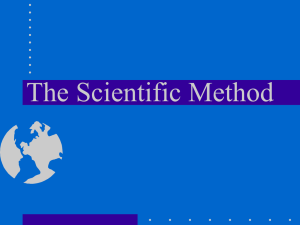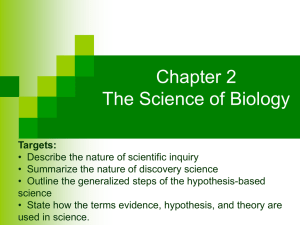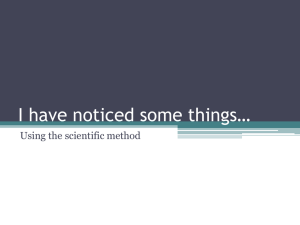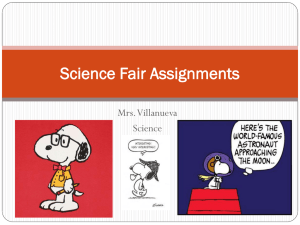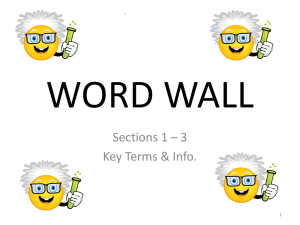Action Research
advertisement
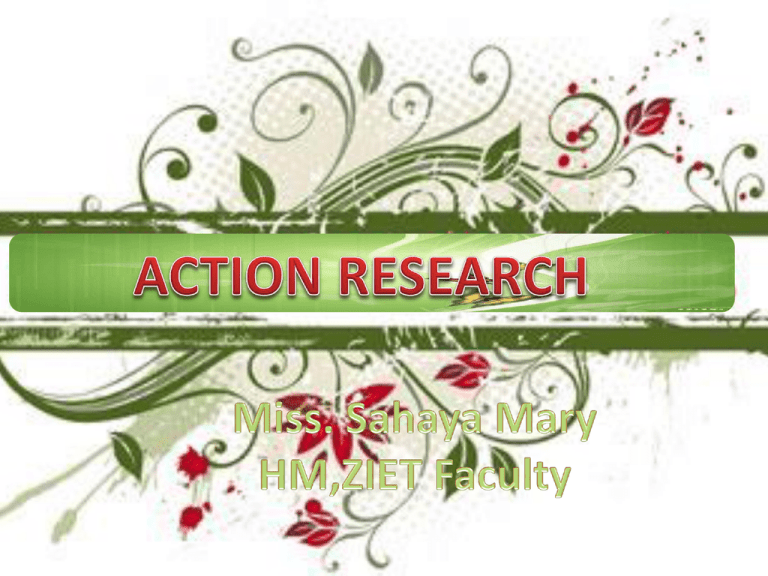
A Bengali Teacher of English wanted to increase the amount of English she was using in the classroom. As first step she tried to find out how much Bengali she used in the class and the purpose for which she was using. To find this out she recorded four classes , observed and listened to them and found that she was using 50% English in the class. She also found that the purposes for which she used the same to be classroom management, explanation of content and giving feedback. She then drew up a plan to reduce the amount of Bengali used by her. She familiarised with English expressions that could be used on cards and put them before her. This reminded her of the plan. Each day a different card was in focus. She then continued recording her lessons and after a few weeks she listened to her tape and found that the use of Bengali had reduced considerably Action Research is on the spot research aimed at the solution of an immediate classroom problem. ( Mouly) According to Kurt Lewin, “Action Research is applying scientific thinking to real life problems(classroom for teachers) and represents a great improvement over teacher’s subjective judgements and their limited personal experiences There are two main features of Action Research1.Action research is conducted by a Participant 2.It involves immediate application CRITERIA FEATURES OF ACTION RESEARCH OBJECTIVES Find solution to problems in specific context TRAINING Limited Training Needed SELECTION OF PROBLEMS Participating, Teaching identifies the problem HYPOTHESIS Specific statement of the Problem serves as Hypothesis REVIEW OF LITERATURE Not essential SAMPLE Students in the class form the sample RESEARCH DESIGN Procedures are planned and evolved ANALYSIS OF DATA Simple CONCLUSION Applicability of the solution to the problem specified APPLICATION OF RESULTS Findings are used in the classroom situation by participating teacher to improve their own practice • The purpose of Action Research is to make teachers reflect on their own teaching, which is an essential part of the teacher’s Professional Development (Schon 1987, Calderhead 1989) Helps to move from practice to theory Helps in evaluating one’s own Teaching Gives owner ship Empowers teachers Helps in solving problems Reflection Planning Observation Action Pin-Pointing the Problem Diagnosing the causes of Problems Formulation of Action Hypothesis Designing the Action Plan Implementation of the Action Plan Evaluation of the Action Plan Identification of the Plan Pin-Pointing the Problem • Narrowing down the area and looking at the problem as specific questions • Ex• Low Achievement in Math • Spelling Problem • Absence of Reading Habits • Problems in Writing Formulation of Action Hypothesis Hypothesis are intelligent and logical “guesses” about possible differences, relationships, causes and solutions • Logical • Testable • Clear • Direct in terms of outcome • Testable in short time Factors governing the Formulation of a Good Hypothesis • The problem is clear • The goal to be achieved is specific • There is readiness to look at problems from different perspectives • The social context is closely examined The Tools for Data Collection • Teaching Journals • Lesson Reports • Questionnaires • Audio-Video Recording • Class Observation DATA ANALYSIS Quantitative- % calculated QualitativeDescription of events • • • • • • • • • • • • • Rationale/Background Objectives The Questions/Problem Statement Plan of Action Time Steps Sample Participants Tools Used Types of Analysis Interpretation Conclusion and Implications Books Referred ( Bibliography/Work Citations) CHANNELS AND AVENUES • KVS AWARD FOR INNOVATION AND EXPERIMENTATION IN TEACHING- • Teachers with two years of service may apply • All tech aided Awards such as KVSIntel, Microsoft ITLA NCERT ICT Awards have a framework of Action research Collaborative Action Research NCERT Awards for School Innovation for whole school Innovation / Action Research



